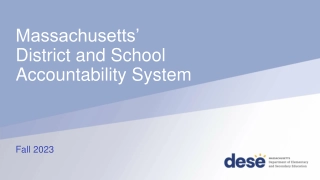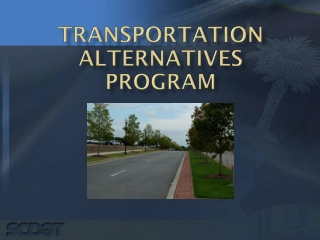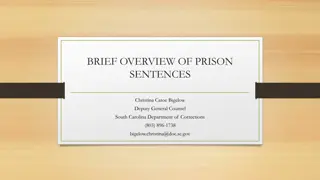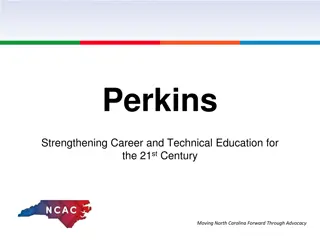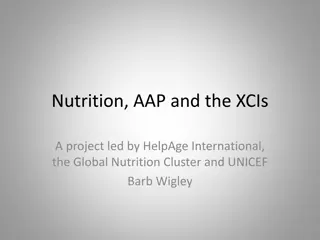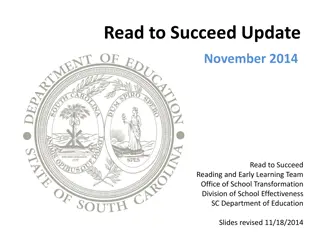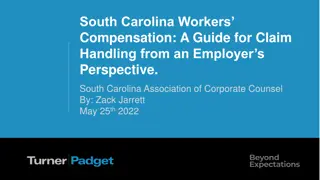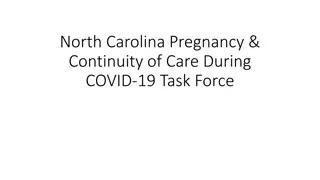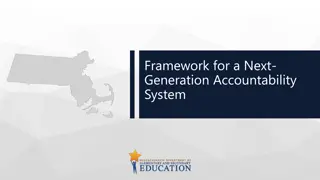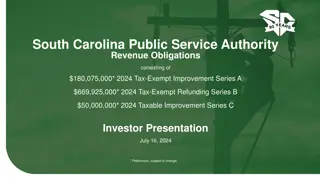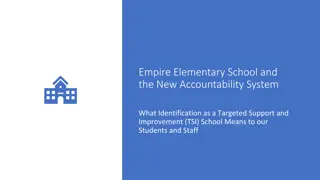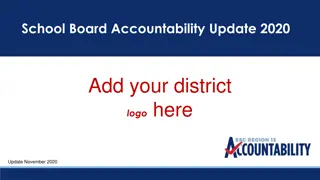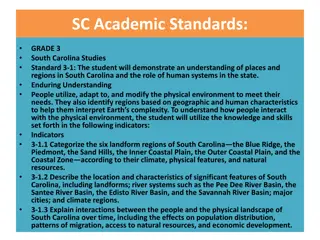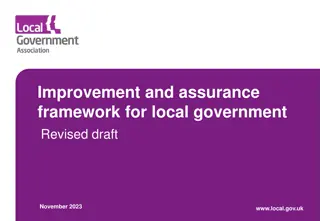School Accountability and Improvement Initiatives in South Carolina
ESSA requires states to use indicators like academic achievement, graduation rates, and school quality to measure school performance. South Carolina has identified 46% of its schools for improvement, with a focus on low-performing subgroups. Various support and improvement programs aim to address these challenges and enhance the overall educational outcomes in the state.
Download Presentation

Please find below an Image/Link to download the presentation.
The content on the website is provided AS IS for your information and personal use only. It may not be sold, licensed, or shared on other websites without obtaining consent from the author. Download presentation by click this link. If you encounter any issues during the download, it is possible that the publisher has removed the file from their server.
E N D
Presentation Transcript
Accountability and Low- Performing Schools John Payne Deputy Superintendent Latoya Dixon, Ph.D. Director
ESSA School Accountability: Required Indicators ESSA requires states to use a set of indicators to measure the performance of all schools. The indicators must: be applicable to all students, allow for meaningful differentiation of schools, be disaggregated by student group (i.e. ethnicity, poverty, disability). Elementary Schools Middle Schools High Schools Academic Achievement Academic Achievement Academic Achievement Graduation Rate Academic Progress* Academic Progress* English Language Proficiency English Language Proficiency English Language Proficiency School Quality/Student Success School Quality/Student Success School Quality/Student Success
SC ESSA Plan How Points are Allocated for School Indicator Ratings Indicator Elementary / Middle Schools High Schools Without ELL With ELL Without ELL With ELL Academic Achievement 40 35 30 25 Preparing for Success 10 10 10 10 High School Student Progress: All Students Lowest Performing 20% of Students 40 20 20 35 17.5 17.5 N/A N/A School Quality 10 10 5 5 0 10 0 10 English Learners Progress Toward Proficiency Graduation Rate N/A N/A 30 25 College and Career Ready N/A N/A 25 25 TOTAL 100 100 100 100
2018 Ratings Rating Elementary Middle High Excellent 100 51 36 Good 135 63 53 Average 241 118 74 Below Average 122 59 46 Unsatisfactory 62 30 18 4
TSI Targeted Support & Improvement Schools (official identification Priority Schools CSI ATSI Nov. 2020) Comprehensive Support & Improvement Schools Additional Additional Targeted Support & Improvement Schools Based on subgroup performance (some students) students w/ disabilities, of poverty, race/ethnicity, LEP. Based on the performance of the entire school. 5
46% (570) of South Carolinas 1,230 schools are identified for improvement. Schools with Low-Performing Subgroups South Carolina 36.8% Low-Performing Schools in South Carolina 9.5% 247 TSI 206 ATSI 76 41 Comprehensive Support & Improvement Schools Priority Schools Targeted Support and Improvement Additional Targeted Support & Improvement 6
Return on Investment Low-Performing Schools Demonstrating Improvement 35 32 29 30 25 20 15 10 6 5 0 Number of schools exiting bottom 5% Number of school exiting bottom 10% Number of schools remaining in the bottom 5% 38 low-performing schools served 2016-17 and 2017-18 32 above the bottom 5% 29 above the bottom 10% 6 remain in the bottom 5% 7
Goals Improve the instructional leadership capacity of principals; Improve the pedagogical practices of teachers; and Improve student outcomes. Methods Instructional leadership; Standards based instruction; High-yield learning strategies; Aligned and rigorous assessments; Evidence-based interventions, practices, and strategies; Progress monitoring; and Observation, coaching, and feedback.


